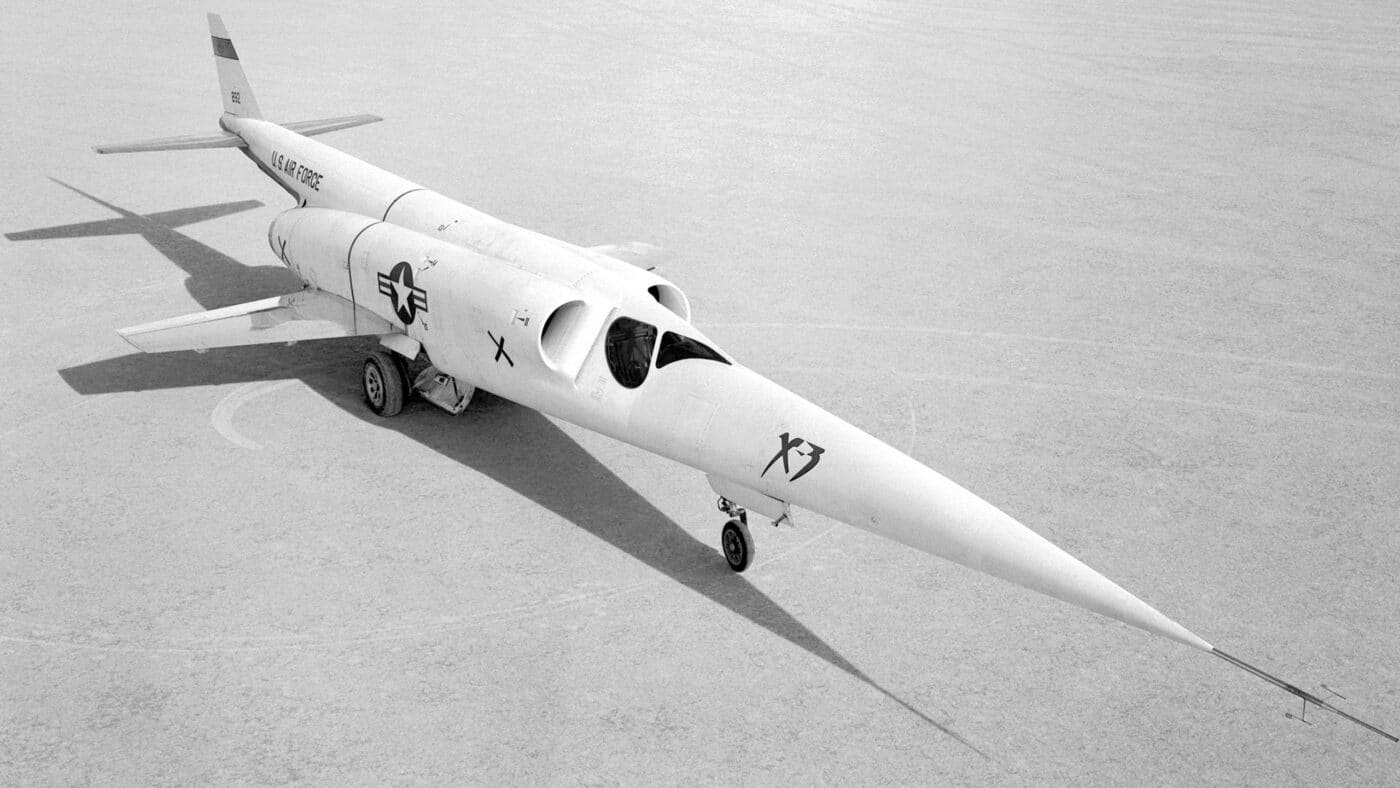The Douglas X-3 Stiletto was an experimental aircraft designed to test sustained Mach 2 flight and the use of titanium structures. Among the "X" series of aircraft, the X-3 was intended to investigate the possibilities of a short wingspan design. The Bell X-1, piloted by Captain Chuck Yeager, was a previous success in this series; it broke the sound barrier by reaching speeds of up to 700 miles per hour at 43,000 feet.

The X-3 was underpowered, with its original design plan to use Westinghouse J46 engines not materializing. Instead, the aircraft was fitted with Westinghouse J34 engines, leading to significant limitations. The X-3 managed Mach 1 only in a dive and never reached the intended Mach 2 speed. By 1953, the X-3 was handed over to the USAF for further testing, with pilots such as Major Chuck Yeager operating the aircraft to understand the intricacies of flying low-aspect winged aircraft.
Despite its lackluster performance, the X-3 contributed valuable data to the development of subsequent aircraft. It provided insights into aerodynamic heating, stability, and wing loading effects at high speeds. The titanium construction techniques developed for the X-3 informed the design of future planes like the SR-71 and X-15. After concluding its test phase with NACA, the Stiletto was preserved for display at the National Museum of the United States Air Force. For those interested in aviation history, the story of the "Beautifully Flawed Douglas X-3 Stiletto" offers rich technical and historical insights.
Explore more about the journey of this remarkable aircraft in the full article: Beautifully Flawed Douglas X-3 Stiletto - The Armory Life
No comments:
Post a Comment